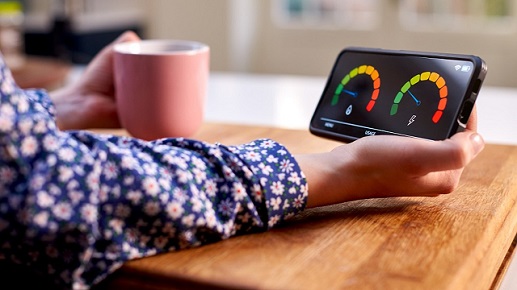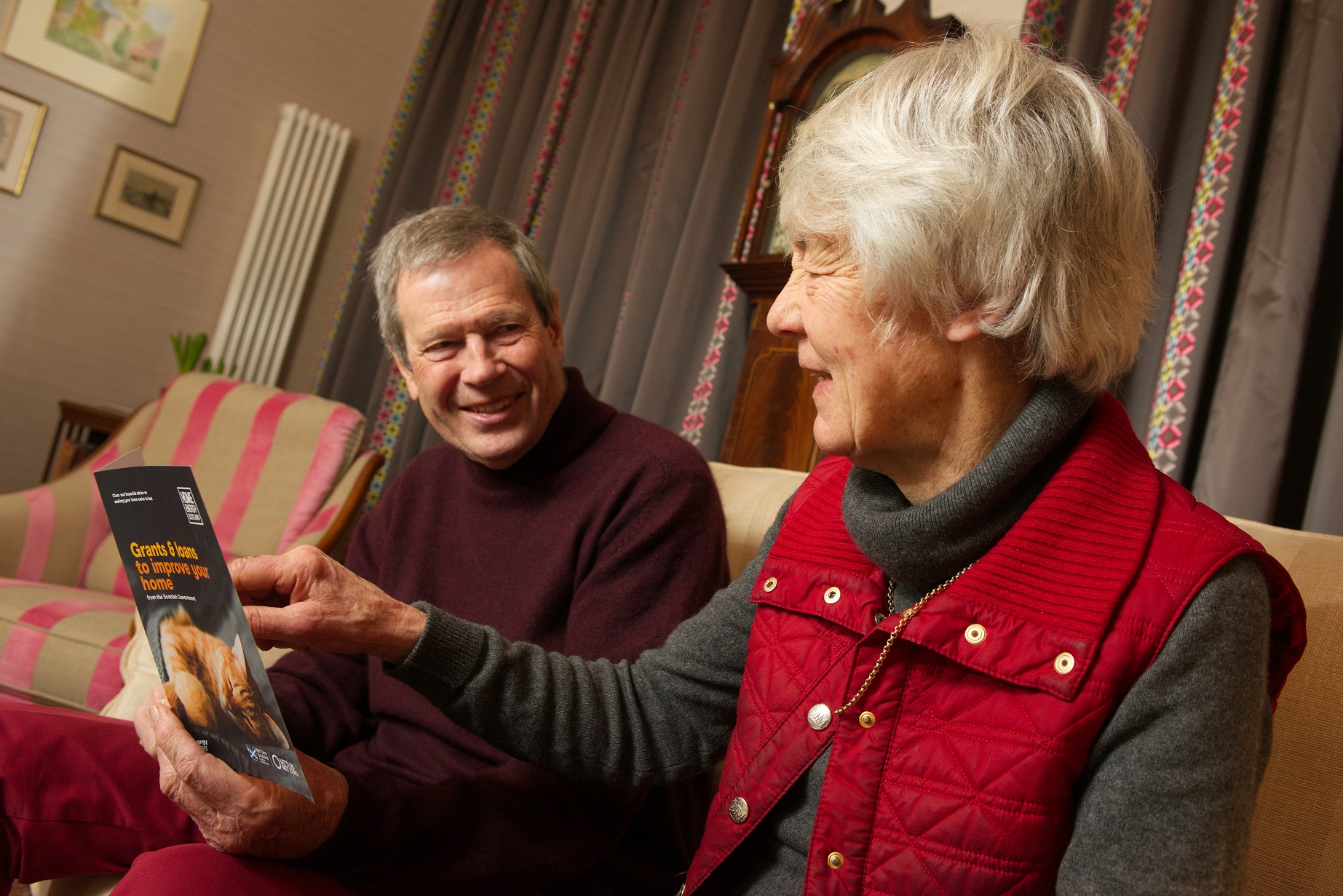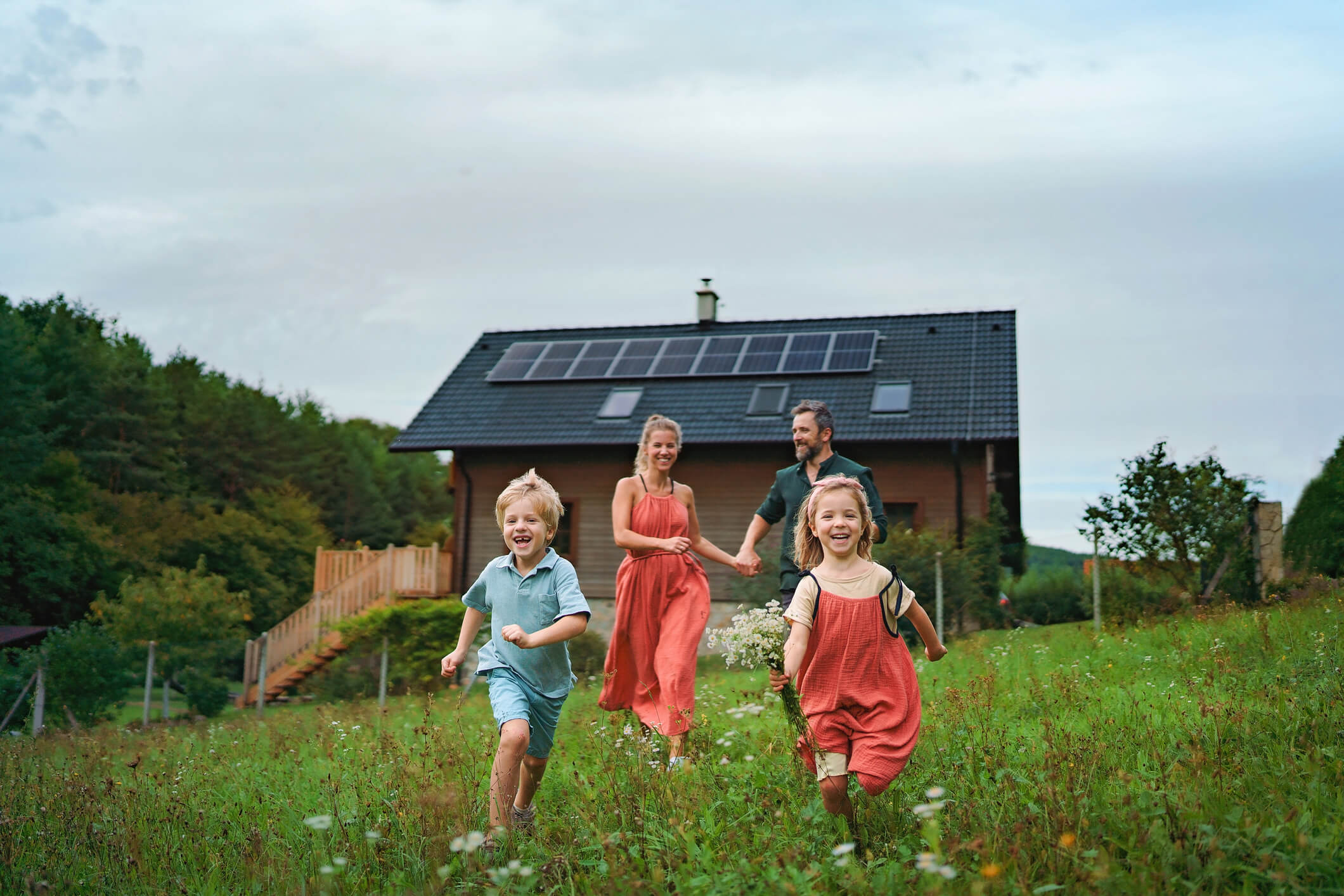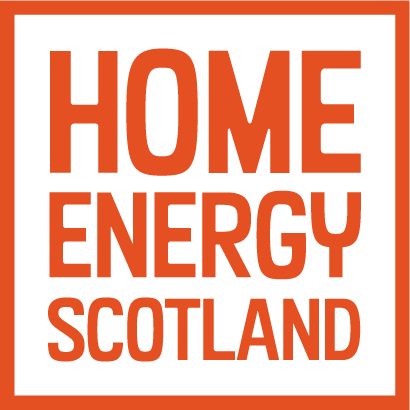The closure of radio teleswitching explained
The closure of radio teleswitching explained
The Radio Teleswitching Service (RTS) is closing in June 2025. If you have this type of heating, we have answers to your questions.

If you have storage heaters using Total Heat with Total Control, or ComfortPlus with Weathercall, change is coming and you need to be ready. Over 250,000 households across Scotland still use this system. The device electricity suppliers use to remotely switch large numbers of electricity meters between different tariff rates is called a radio teleswitch. If you have this set-up, your heating and hot water is likely controlled by a radio signal which tells your storage heaters when to charge and when your hot water heater should switch on.
The system that controls the teleswitch signals is due to close on Monday 30 June 2025. Your electricity supplier may have already been in touch asking you to change your meter. Energy UK, the trade association that represents many energy suppliers, has answered some frequently asked questions about the closure.
Frequently asked questions (FAQs) about the closure of the Radio Teleswitching Service (RTS)
The RTS uses a radio signal to tell some older electricity meters when to switch between peak and off-peak rates. There are just over 900,000 RTS meters in Great Britain. RTS is used for some traditional multi-rate meters and was designed to support those who use electricity for their heating and hot water. This may include those who use electric storage systems, panel heaters or immersion heaters in water tanks – some of which typically charge up overnight.
RTS allows energy suppliers to offer different tariff rates; so that consumers can make use of cheaper off-peak tariffs to charge their heating and/or hot water systems up overnight. RTS was introduced in the 1980s and is now reaching the end of its natural operational life. This means that the equipment that produces the radio signal can’t be adequately maintained anymore.
RTS is an industry-wide service. All electricity suppliers are contacting impacted customers to offer them a smart meter upgrade before the RTS service ends on 30 June 2025.
If you’re not sure whether you have an RTS meter, there are a few things you can look out for.
- There may be a separate switch box near your meter with a radio teleswitch label on it.
- Your property is heated using electricity or storage heaters.
- There is no gas supply to your area. This includes households in rural areas and high-rise flats.
- You get cheaper energy at different times of day. Your tariff might be Economy 7, Economy 10, or Total Heat Total Control.
If you’re unsure if you have RTS equipment, contact your electricity supplier who will be able to confirm for you.
Your supplier will be able to tell you which tariffs are available to you. They should offer a tariff that is suitable for the hot water and/or heating set up in your home.
If you think you have RTS equipment in your home or business, or you’re unsure, contact your electricity supplier. They will let you know whether you have an RTS meter, and when you can get your smart meter upgrade.
If you decide not to upgrade, the heating and/or hot water provisions in your home or business could be affected. You may find that your heating and/or hot water is continually left on or off, or the charging-up happens at the wrong time of day. Your electricity supplier won’t be able to confirm how much electricity you have used during peak or off-peak times, which means your electricity costs could be much higher than before.
A smart meter will give you a similar service to your RTS meter. You should speak to your supplier to find out more.
The benefits of smart meters
Smart meters can be programmed to deliver a similar service to RTS. With a smart meter:
- you’ll get accurate bills based on the energy you’ve actually used, not an estimate
- meter readings are submitted automatically, so there’s no need to manually submit your energy readings
- you can keep a closer eye on how much energy you’re using and how much you’re spending
- you can see where you might be able to save energy, for example by turning the heating down when you don’t need it or switching the TV off at the wall
- you’ll have access to ‘smart meter only’ tariffs.
Some RTS customers may not be able to upgrade to smart meters yet
There are some situations where your electricity supplier won’t be able to offer you an appointment for a smart meter upgrade just yet. If that’s the case, your supplier will get in touch when they are ready to upgrade your meter.
Find out more
You can find out more on the following websites.
Latest news and case studies
We have articles, blogs and case studies covering topics ranging from home energy tips to low carbon travel, and business advice to installing renewables.

Where to turn for financial support during difficult times

Support for People in Rural Homes



